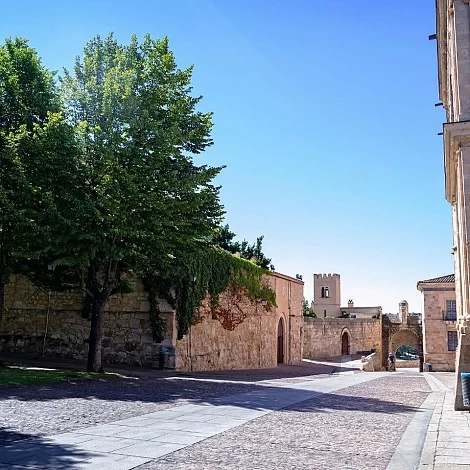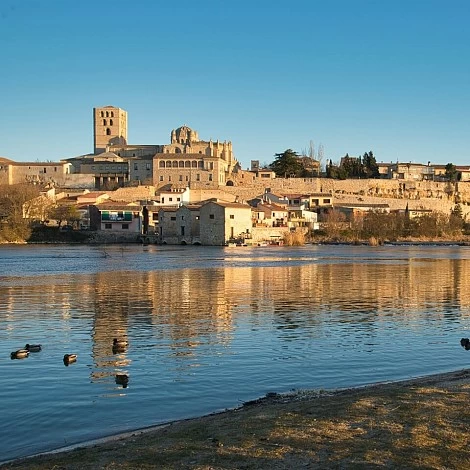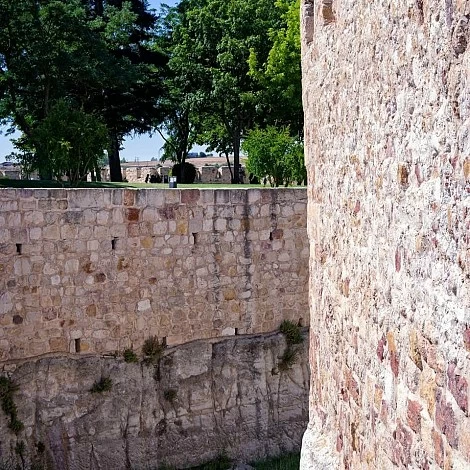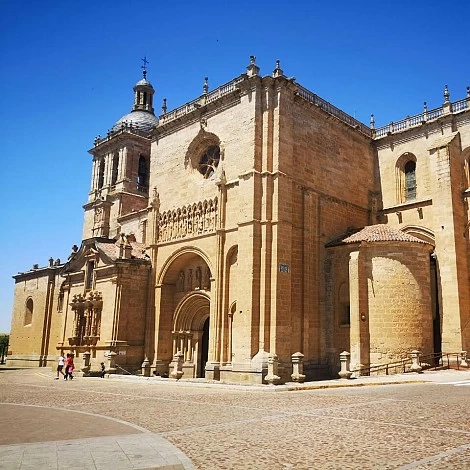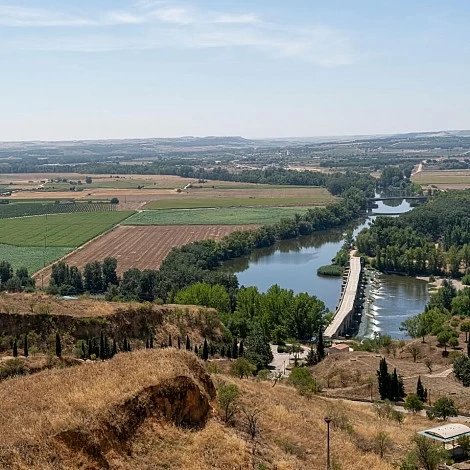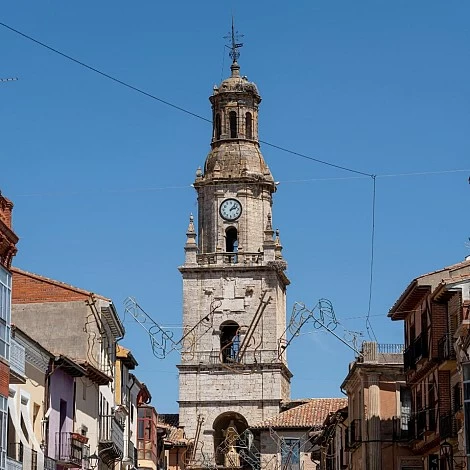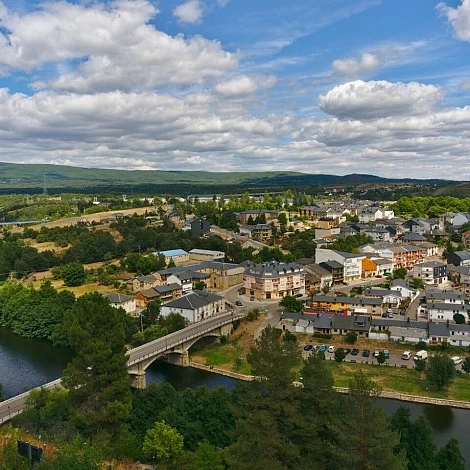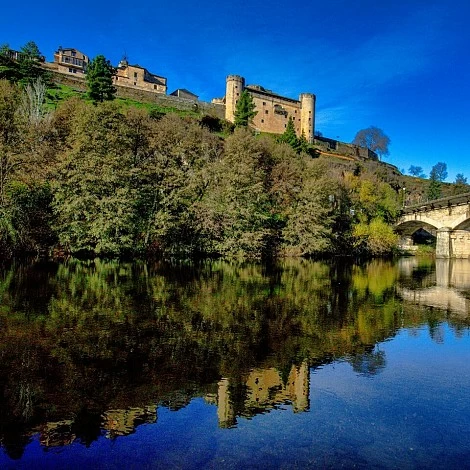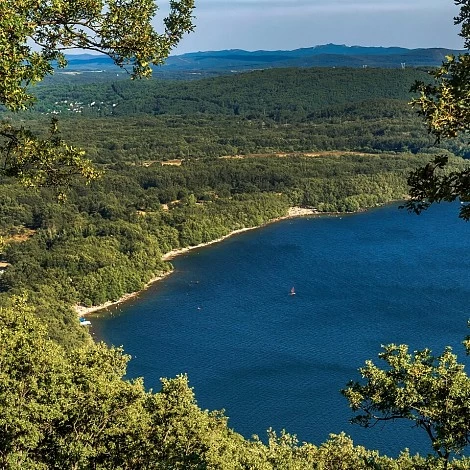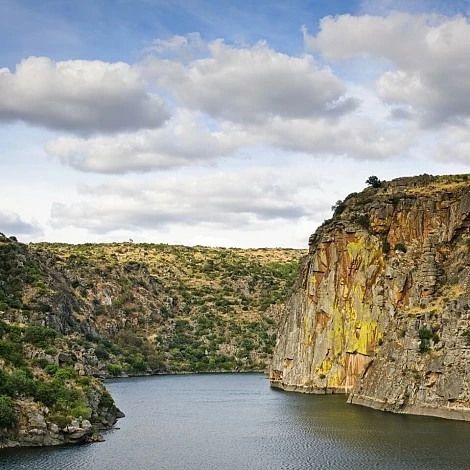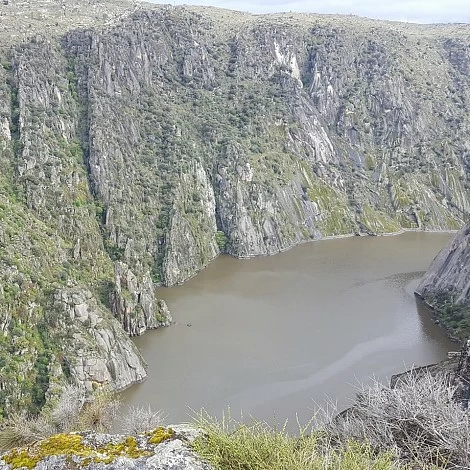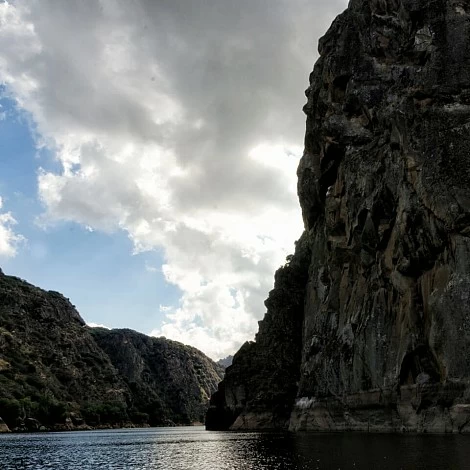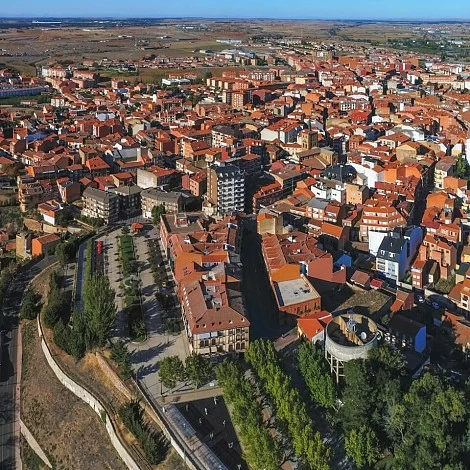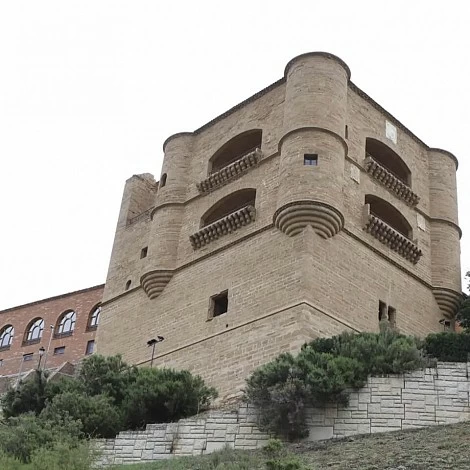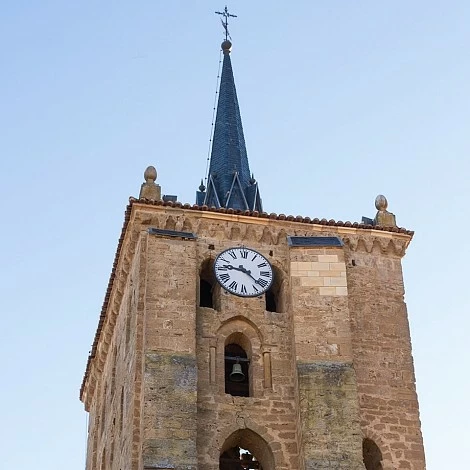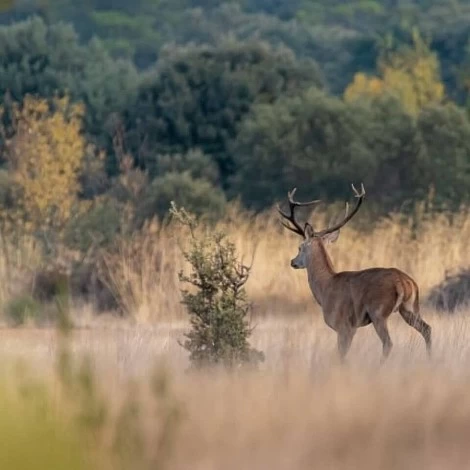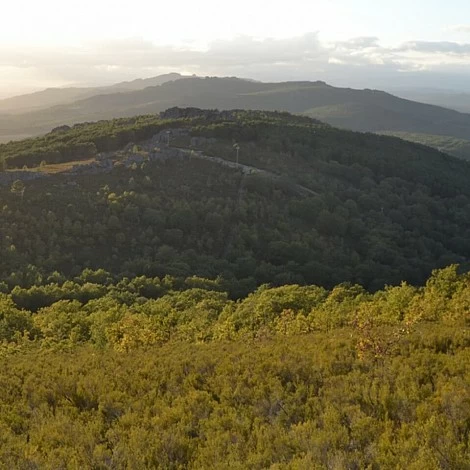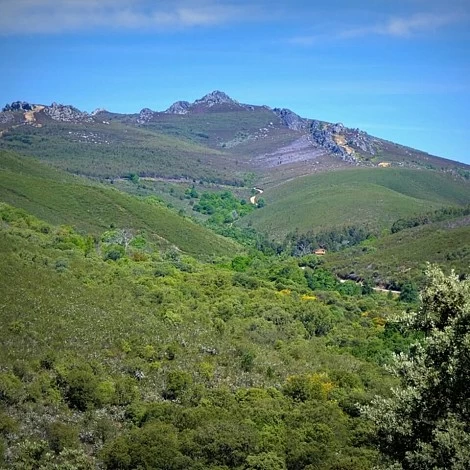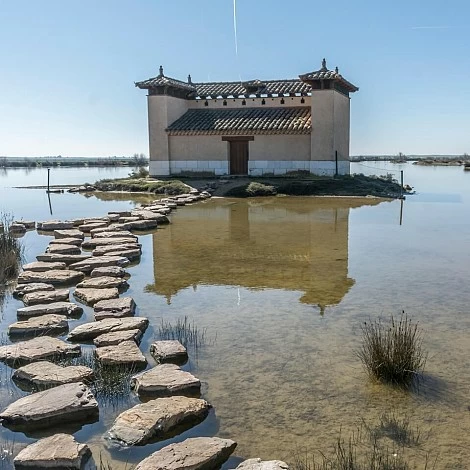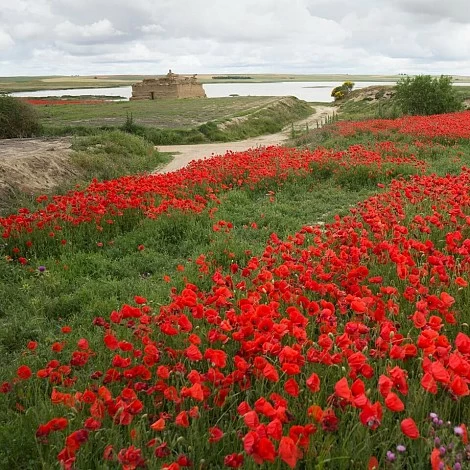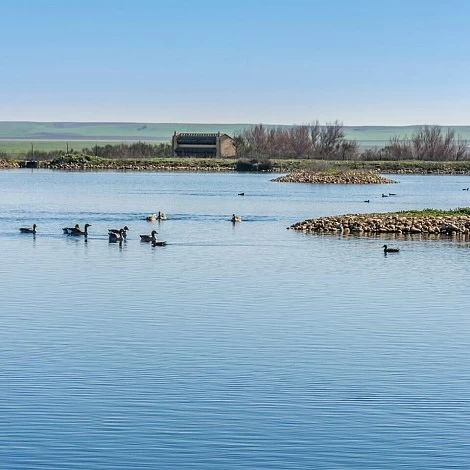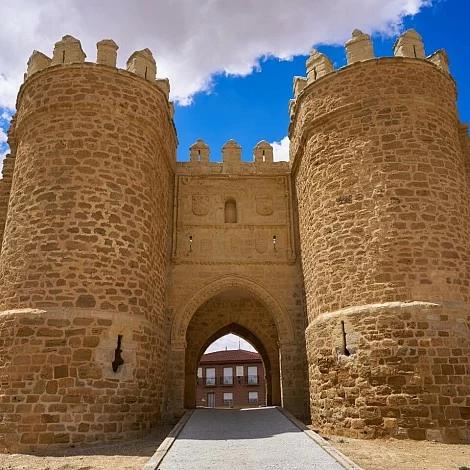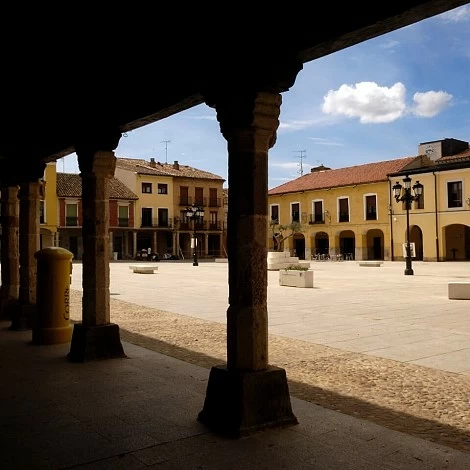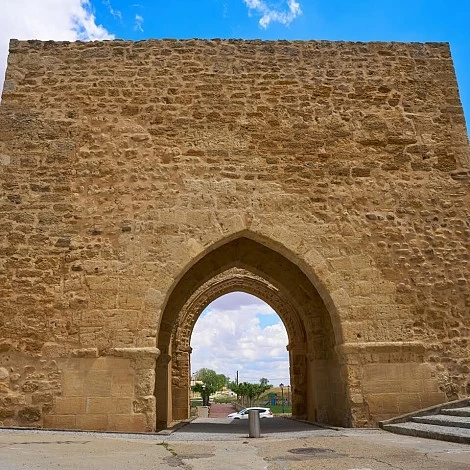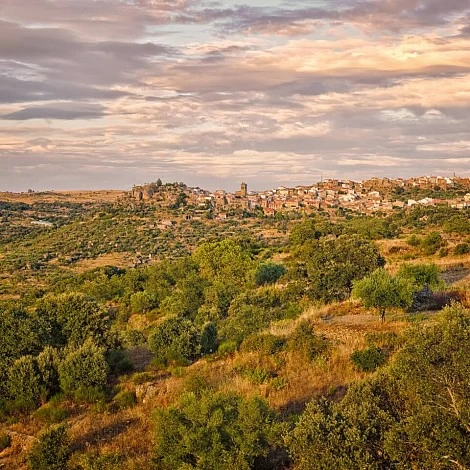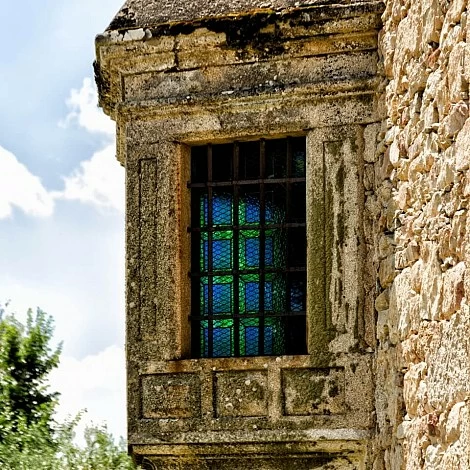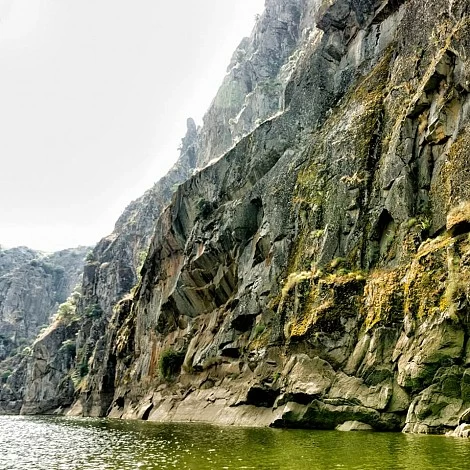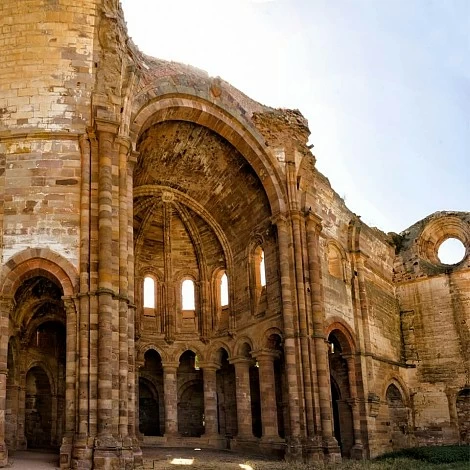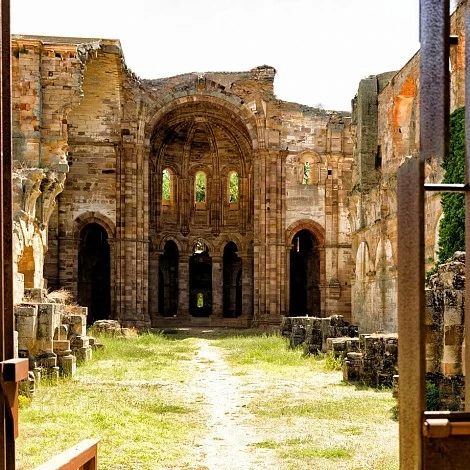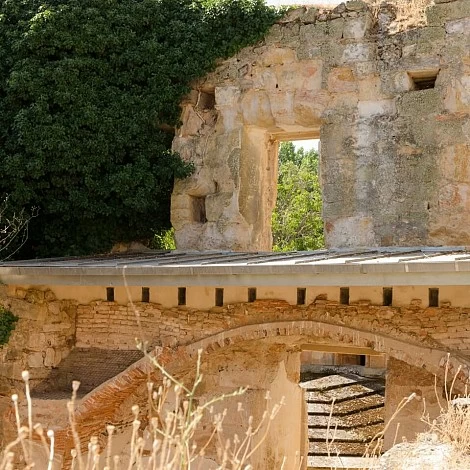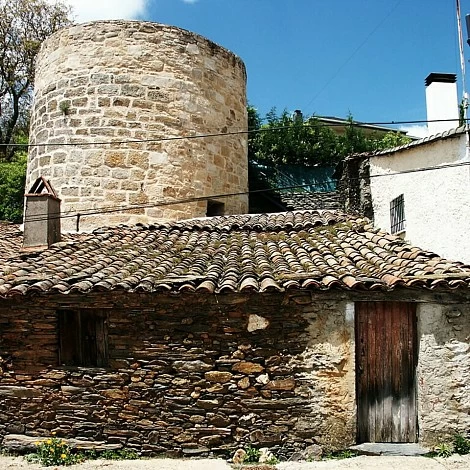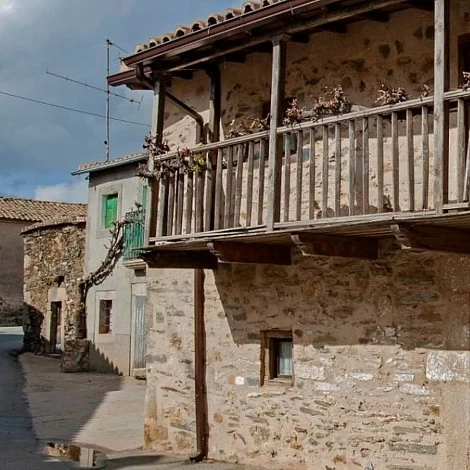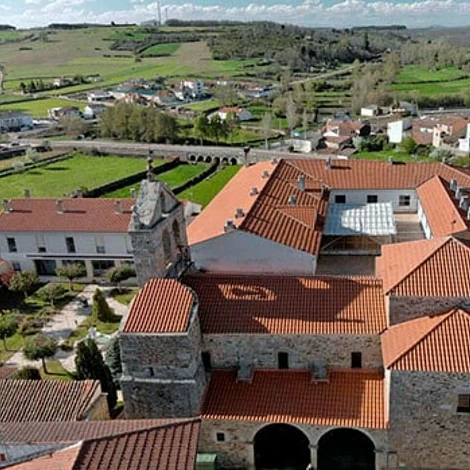Places you must see in the province of Zamora
Discover the 10 places you must see in the province of Zamora: villages, nature, monasteries and unforgettable routes. Plan your trip!
The province of Zamora is a destination that surprises travellers with its rich heritage, unspoilt nature and authentic character. From medieval villages steeped in history to natural areas of enormous ecological value, Zamora offers a wide variety of unique places to visit.
In this article, we suggest a route through the 10 essential places to see in Zamora and its province, perfect for a cultural, gastronomic or nature getaway.
The province of Zamora combines charming villages, wild nature and historical heritage. Here are the destinations you cannot miss:
Zamora capital as a starting point
Zamora capital is undoubtedly the best starting point. Its cathedral, castle, the River Duero and more than twenty Romanesque churches make the city an open-air museum.
To discover all the essential monuments and corners, I recommend reading our complete blog on what to see in Zamora, and in particular, I recommend this one to find out what to visit in Zamora capital.
Toro, land of wine and Mudejar art
Toro is one of the great emblems of the province. Its Collegiate Church of Santa María la Mayor, with a spectacular polychrome portico, is a jewel of Romanesque-Mudejar architecture. The city is also closely linked to wine: the Toro Designation of Origin is one of the most renowned in Spain.
Don't leave without taking a stroll across the Puente Mayor bridge over the River Duero and sampling a glass of Toro red wine accompanied by some delicious Zamorano cheese.
Puebla de Sanabria and the Lake
Puebla de Sanabria is one of the most beautiful villages in Spain. Its cobbled streets, the castle of the Counts of Benavente and the Plaza Mayor transport you back to the Middle Ages.
Nearby is Lake Sanabria, the largest glacial lake on the Iberian Peninsula, surrounded by mountains and natural beaches that are ideal for summer.
Arribes del Duero: nature in its purest form
The Arribes del Duero Natural Park, shared with Salamanca, is a natural paradise. Its river canyons create spectacular viewpoints such as Fermoselle and Picón de Felipe.
One of the best experiences is to travel along the Duero by boat to appreciate the magnitude of its vertical walls. It is also a wine tourism area, with wines from the Arribes Designation of Origin.
Benavente, crossroads
Located in the north of the province, Benavente has always been a strategic enclave. The Parador, located in the old Castillo de la Mota, preserves an impressive tower called the Caracol.
In addition, its tapas atmosphere and squares make this city a welcoming and lively place.
Sierra de la Culebra
This natural area is famous for being one of the best places in Europe to spot Iberian wolves in the wild, although the emblematic animal of these forests is the deer.
It also offers hiking trails and mountain landscapes that are filled with intense colours in autumn. Following the fires of 2022, the area is in the process of recovery, but it remains a fascinating place for nature lovers.
Villafáfila Lagoons
A wetland of international importance for bird watching. In winter you can see large flocks of greylag geese, great bustards and cranes. It is a paradise for ornithologists and nature photography enthusiasts.
They have been declared a Nature Reserve and have interpretation centres to facilitate visits and observation.
Villalpando and its walls
In the heart of Tierra de Campos, Villalpando stands out for its medieval walls and historic gates such as the Puerta de San Andrés. Strolling through its streets is like travelling back in time, while enjoying the tranquillity of a traditional Castilian village.
Fermoselle, the balcony of the Arribes
Perched on a rocky promontory, Fermoselle offers a unique panoramic view of the Duero canyons. Its network of cobbled streets, its cellars carved into the rock and its festivals make it one of the most characterful villages in Zamora. It is considered the capital of the Arribes.
Moreruela Monastery
Considered the cradle of Cistercianism on the Iberian Peninsula, the Monastery of Santa María de Moreruela is one of the most impressive monastic complexes in Castile and León. Its ruins, especially the chancel of the church with its ambulatory and apsidioles, evoke medieval grandeur. It is located in Granja de Moreruela and is an essential stop for those interested in historical and religious heritage.
Alcañices, historic border with Portugal
Alcañices is the capital of the Aliste region, a land of traditions and fine cuisine. Its history is marked by the Treaty of Alcañices (1297), which defined the border between Castile and Portugal. Today it is a lively town with a well-preserved popular heritage and a great festive atmosphere.
Tips for visiting Zamora and its province
- Getting around: ideally, you should have a car to comfortably explore the province.
- Gastronomy: don't leave without trying Toro wine, Sanabresa-style octopus, Aliste beef and the renowned Zamorano cheese.
- When to go: spring and autumn are the most recommended seasons, although summer offers popular festivals and winter a quieter atmosphere.
- Where to stay: staying in the centre of Zamora, such as at Zamora Suites, is an excellent option for easy access to the whole province.
Summary
Zamora is a province that perfectly combines history, nature and gastronomy. From medieval gems such as Toro and the Monastery of Moreruela to unique landscapes such as the Arribes del Duero and the Lagunas de Villafáfila, every corner has something special to offer.
A getaway to Zamora is much more than a trip: it is an experience for all the senses.
From the tranquillity of Zamora Suites, right in the historic centre, you can discover everything there is to see in Zamora and the province, organising cultural, gastronomic and nature routes at your own pace.
Frequently asked questions
What is the most beautiful thing about the province of Zamora?
Lake Sanabria and the Arribes del Duero are two of its most impressive natural landscapes.
How many days do I need to see Zamora and its province?
Ideally, a 3- to 4-day getaway: one day for the capital and the rest for the province.
What is there to see near Zamora on a weekend?
Toro, Puebla de Sanabria and the lake, as well as a route through the Arribes.
Is Zamora recommended for nature tourism?
Yes, areas such as the Sierra de la Culebra, the Lagunas de Villafáfila and the Arribes del Duero are perfect for this.
Where to stay in Zamora to explore the province?
In the historic centre of the city, in accommodation such as Zamora Suites, from where you can easily plan your excursions.
What is the most visited place in Zamora?
In the capital, Zamora Cathedral and its Romanesque churches. In the province, Puebla de Sanabria, Lake Sanabria and Toro are particularly noteworthy.

